Recently I looked at a schematic for an AND gate and noticed that they used 2 npn transistors. I was wondering why you would want to use 2 transistors though. Couldn't you make an AND gate by attaching one input to the collector and one input to the base? Wouldn't this be better because you would be using half the transistors?
Asked
Active
Viewed 1,782 times
3
-
2Add a schematic of what you are trying to do. – Tom Carpenter Mar 18 '17 at 21:31
-
What output from this gate do you get when your "collector" input wants to go **high** while your "base" input goes high too? perhaps smoke. – glen_geek Mar 18 '17 at 21:37
-
Your proposed AND gate is not very practical as it does not amplify the signal (at the collector input). The "collector" input loads the output from the previous gate (where it is getting its signal from). Try making a more complex circuit with several AND gates and you'll soon run into problems. A "one NPN" AND is simply not suitable for more complex circuits where the gates need to be able to operate independently from one another. – Bimpelrekkie Mar 18 '17 at 21:43
1 Answers
2
If I understand your question correctly, you’d like to use a single NPN transistor as a 2-input AND gate like this:

simulate this circuit – Schematic created using CircuitLab
One thing you may not know is that BJT have a somewhat symmetric structure. You probably already know that it behaves like a diode between base et emitter, but it also behaves like a diode between base and collector.
Hence, if you have input1 low and input2 high, the B-C diode will short the circuit between input1 and input2 and something will fry.
You may want to prevent this by adding a diode between input1 and Q1’s collector. It would still not work when input1 is low and input2 is high because the B-E diode would the make output high.
user2233709
- 1,705
- 8
- 15
-
Are you sure it won't work? I build this: http://imgur.com/a/vsPLJ and the LED only lights up when I press both switches. Also is there a possibility I destroyed my transistors building this circuit? Like should I throw them out or is there an easy way to test if they're fried? – Tyler Hilbert Mar 19 '17 at 00:22
-
@TylerHilbert You won’t destroy anything with that circuit, but I really doubt the led does not light up when the current can flow through SW2 and not through SW1… (By the way, did you purposely take normally closed bush buttons?) Moreover, you don’t have real low level inputs with that circuit: when the current can’t flow through a push button, the corresponding input is left floating, while a low-level output would drain some current to the ground. – user2233709 Mar 19 '17 at 09:37